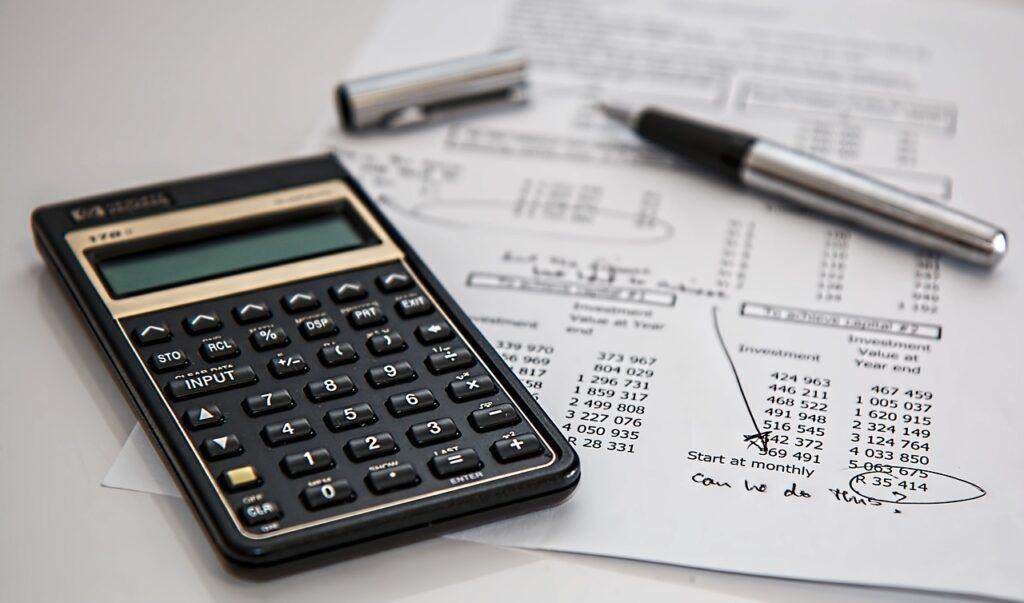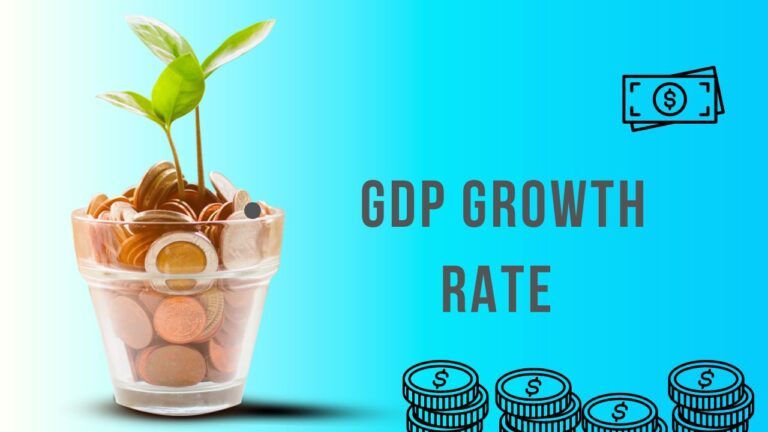How to Calculate Unemployment Rate of Any Country in an Intelligent Way in 2024?
How to Calculate unemployment rate is crucial for evaluating the overall condition of the economy, as it indicates the number of individuals actively looking for jobs yet unable to secure employment. In this article, we will discuss the fundamentals of determining the unemployment rate, examine its significance, and underscore the factors that affect this important economic metric.
Table of Contents
What Is Mean by Unemployment Rate?
The unemployment rate represents the proportion of the overall labor force that is unemployed yet actively searching for employment. This indicator assists economists, policymakers, and analysts in assessing economic performance, the robustness of the labor market, and possible challenges related to job availability.
Why Unemployment Rate is Imperative?
The unemployment rate can specify economic richness or decline in any economy if we talk about how to calculate unemployment rate.
- Low unemployment often reflects a healthy economy with sufficient job openings.
- High unemployment can indicate economic difficulties, potentially leading to lower consumer expenditure and slower growth.
Key Elements in How to Calculate Unemployment Rate
Before diving into, how to calculate unemployment rate? it’s necessary to understand the elements of the unemployment rate:
- Labor Force: Contains all individuals over a definite age (generally 16 or older) who are either employed or vigorously seeking work.
- Unemployed Individuals: Individuals who are not presently employed but are vigorously looking for work.
The formula for How to Calculate the Unemployment Rate

The typical formula for calculating the unemployment rate is mentioned below:
Unemployment Rate = (Number of Jobless Individuals / Labor Force) × 100
Step-by-Step Guideline: how to Calculate Unemployment Rate
The concept of how to calculate unemployment rate can be cleared by the following steps:
Step 1: Define the Labor Force
The labor force contains persons who are:
- Presently employed (full-time or part-time).
- Jobless but dynamically seeking work.
Persons not dynamically looking for work (like retired people, students, or discouraged workers) are especially not involved in the labor force.
Step 2: Categorize the Number of Unemployed Persons
Count all persons within the labor force who are:
- Enthusiastically looking for employment.
- Accessible to work if offered a job.
Step 3: Apply the Unemployment Rate Method to find out how to Calculate the unemployment rate.
Using this method, divide the number of unemployed persons by the total labor force, then multiply by 100 to get the ratio.
Example Calculation:
If there are 10 million jobless persons in a labor force of 340 million:
Unemployment Rate = (10,000,000 / 340,000,000)×100=2.94 %
In this regard, the unemployment rate will be nearly 2.9 %.
Kinds of Unemployment

To fully understand what the unemployment rate reflects, let’s briefly look at the different types of unemployment:
- Frictional Unemployment: Short-term unemployment through transitions, like amid jobs. When any person leaves the old job and searches for a new job, the jobless period duration between two stages is called frictional unemployment.
- Structural Unemployment: This happens when there is a discrepancy between workers’ skills and job requirements. Suppose in any country, when new technology and new methods of production are adopted, in that scenario, people have no skills to run that technology. So, people remain unemployed during the duration.
- Cyclical Unemployment: Linked to economic declines and can surge through recessions. Economic ups and downs are part of the world economy, like trade cycles, depression, recession, boom, etc. Due to inactive economic activities, there prevails unemployment in the economy. This kind of unemployment is attributed to cyclical unemployment.
- Seasonal Unemployment: Differs with seasonal fluctuations in specific industries, like cultivation or travel. For instance, workers working in ice factories get unemployed in the winter season in most of the areas. In the same way, workers attached to the dry fruit business become unemployed in the summer season.
Conclusion
The unemployment rate serves as a significant economic indicator, shedding light on employment patterns and the general health of the economy. While it has certain limitations, grasping how to calculate the unemployment rate offers insights into the present condition of the labor market. Armed with this knowledge, both policymakers and the general public can make better-informed choices regarding economic strategies, personal finances, and upcoming job prospects. In conclusion, we can say that this topic of macroeconomics—how to calculate unemployment rate is vital to checking the overall health of any economy and knowing its economic growth rate.






